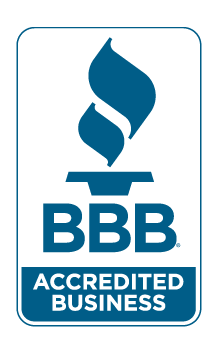Regardless of the life insurance market you choose to work activity is the key to success. Meaning having people to talk too is what we all need, and the more the better. Understanding how lead campaigns work will maximize your income and reduce your expenses.
Those people that are generated from leads be they referrals, purchased, or both. They are generated through lead campaigns which include seminars, directmail, telemarketed, internet, pre-approach letters, and your skills at gaining referrals.





